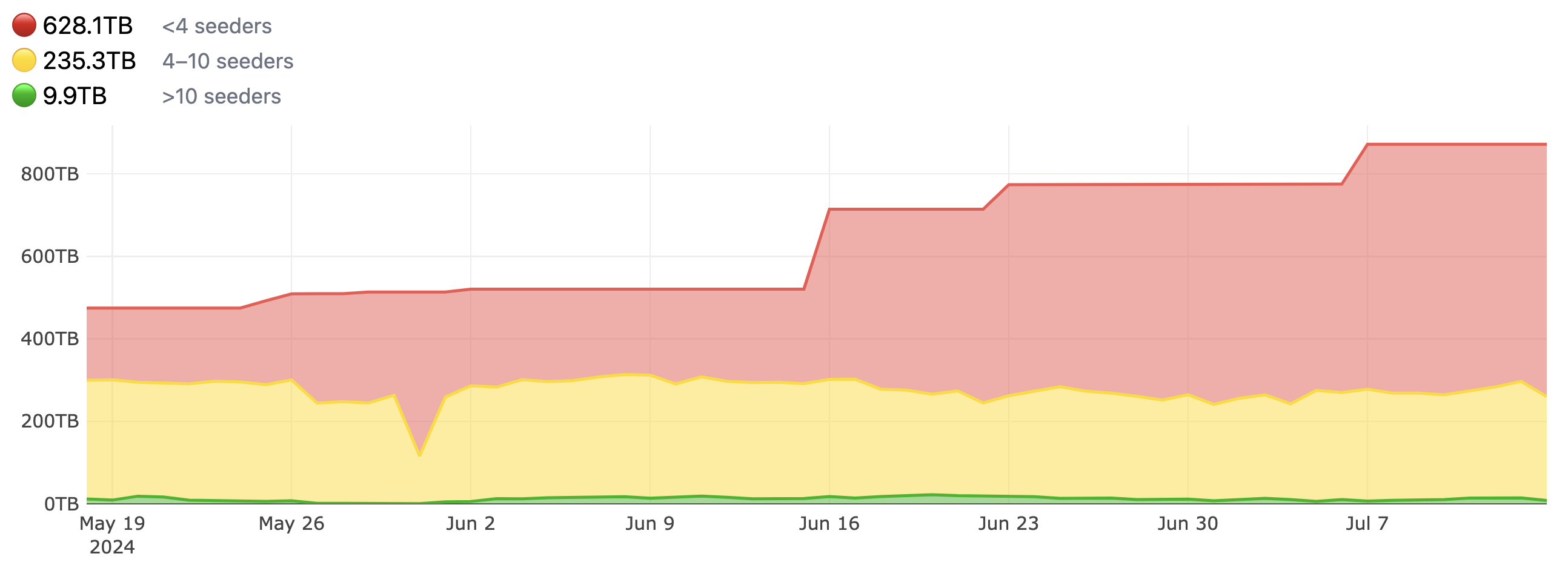

There is no problem with ingesting synthetic data. Well, at least none coming from the fact that it is synthetic. If there was a fundamental difference between the 1s and 0s encoding synthetic data and the 1s and 0s encoding any other data, then you could easily filter it. But there isn’t. The ideas that this community has are magical thinking.




Yes, I shouldn’t bother replying in these threads. In truth, I’ve already given up on this community but sometimes when I’m bored I can’t help a little peek. Maybe in a few years, some of the smarter ones will wonder why nothing ever came of this. Anyway, be careful with those AI detectors. They don’t work and sooner or later someone is going to get in trouble over that.